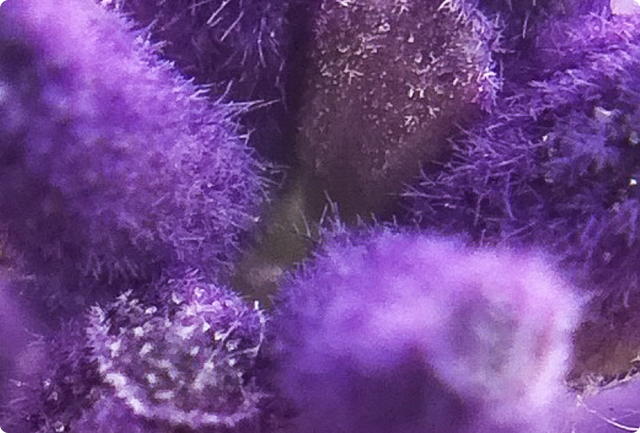About the Extract
Lion’s Mane is a medicinal mushroom celebrated for its flowing, white “mane-like” spines and profound impact on the brain and nervous system. Traditionally used in East Asian healing systems, modern research confirms its ability to support cognitive clarity, memory, and nervous system resilience. Its potency lies in rare compounds like hericenones and erinacines—bioactives with the remarkable ability to stimulate nerve growth and regeneration.
Why You Would Use the Extract
Lion’s Mane is a leading natural nootropic and adaptogen. You’d reach for it to:
- Support mental clarity, memory, and concentration
- Help regenerate nerve tissue and support long-term brain health
- Protect against neuroinflammation and oxidative stress
- Support mood, reduce brain fog, and improve sleep quality
- Promote gut-brain axis support and immune modulation
Clinical Findings
| Study | Participants & Duration | Key Results | Reference |
|
Neuroprotective Benefits |
In vitro |
Lion’s Mane helped shield the brain from damage, while also supporting immunity and fighting harmful microbes. |
Contato et al.,2025 |
|
Nerve Growth Factor (NGF) Support |
In vitro & ex vivo |
Key compounds (hericenones and erinacines) stimulated NGF production, a protein vital for brain cell growth and regeneration. |
Trzeciak-Ryczek et al., 2023 |
|
Anti-inflammatory & Antioxidant Action |
In vitro |
Reduced inflammation and oxidative stress in brain cells—supporting focus, memory, and long-term brain health. |
Trzeciak-Ryczek et al., 2023 |
Behind The Science (Made Simple)
Lion’s Mane works by helping the brain regrow, rewire, and protect itself. Its two superstar compounds—hericenones (from the fruiting body) and erinacines (from the mycelium)—stimulate the production of Nerve Growth Factor (NGF), a critical protein for the survival and regeneration of neurons.
This is huge for focus, memory, and brain longevity.
But the benefits don’t stop there. Lion’s Mane:
- Helps guard against oxidative stress and inflammatory damage to brain cells
- Supports gut-brain balance, with emerging evidence of effects on the microbiome
- May restore brain plasticity, key for learning, recovery, and resilience
All in all, it’s like a daily reset button for your brain and nervous system.
How and Where It Grows
Lion’s Mane grows naturally on dead or dying hardwood trees—particularly oak, beech, and maple—in temperate forests across North America, Europe, and Asia. In cultivation, it's grown on sterilized sawdust blocks or through liquid fermentation to yield potent extracts. Both the fruiting body and mycelium are used, depending on the desired compound profile.
Use in Ancient Medicine
In Traditional Chinese Medicine (TCM), Lion’s Mane has been used for centuries to strengthen the Spleen and Stomach, calm the Shen (spirit), and restore vital energy (Qi).Historically, it was prescribed to treat digestive imbalances, fatigue, cognitive decline, and nervous disorders—many of which mirror today’s science-backed benefits.
Symbolism
Lion’s Mane symbolizes clarity, resilience, and inner strength. Its majestic appearance and neural benefits make it a natural emblem of intellectual courage and spiritual insight. Growing high in the canopy, it’s long been associated with elevated thought and higher perspective.
INFORMATION provided is intended for informational purposes only and is not meant to diagnose, treat, cure, or prevent any disease. Statements have not been evaluated by Health Canada or the FDA. Please consult a qualified healthcare provider before using essential oils for therapeutic purposes.
References
- Trzeciak-Ryczek, A.; Kupnicka, P.: Chlubek, D. Neurotrophic and Neuroprotective Effects of Hericium erinaceus. Int. J. Mol. Sci. 2023, 24,15960 https://doi.org/10.3390/ ijms242115960
- Yang, Y.; Li, J.; Hong, Q.; Zhang, X.; Liu, Z.; Zhang, T. Polysaccharides from Hericiumerinaceus Fruiting Bodies: Structural Characterization, Immunomodulatory Activity and Mechanism. Nutrients 2022, 14, 3721. https://doi.org/10.3390/nu14183721
- Contato, A.G.; Conte-Junior, C.A. Lion’s Mane Mushroom (Hericium erinaceus): Neuroprotective Fungus with Antioxidant, Anti-Inflammatory, and Antimicrobial Potential—A Narrative Review. Nutrients 2025, 17, 1307. https://doi.org/10.3390/nu17081307








